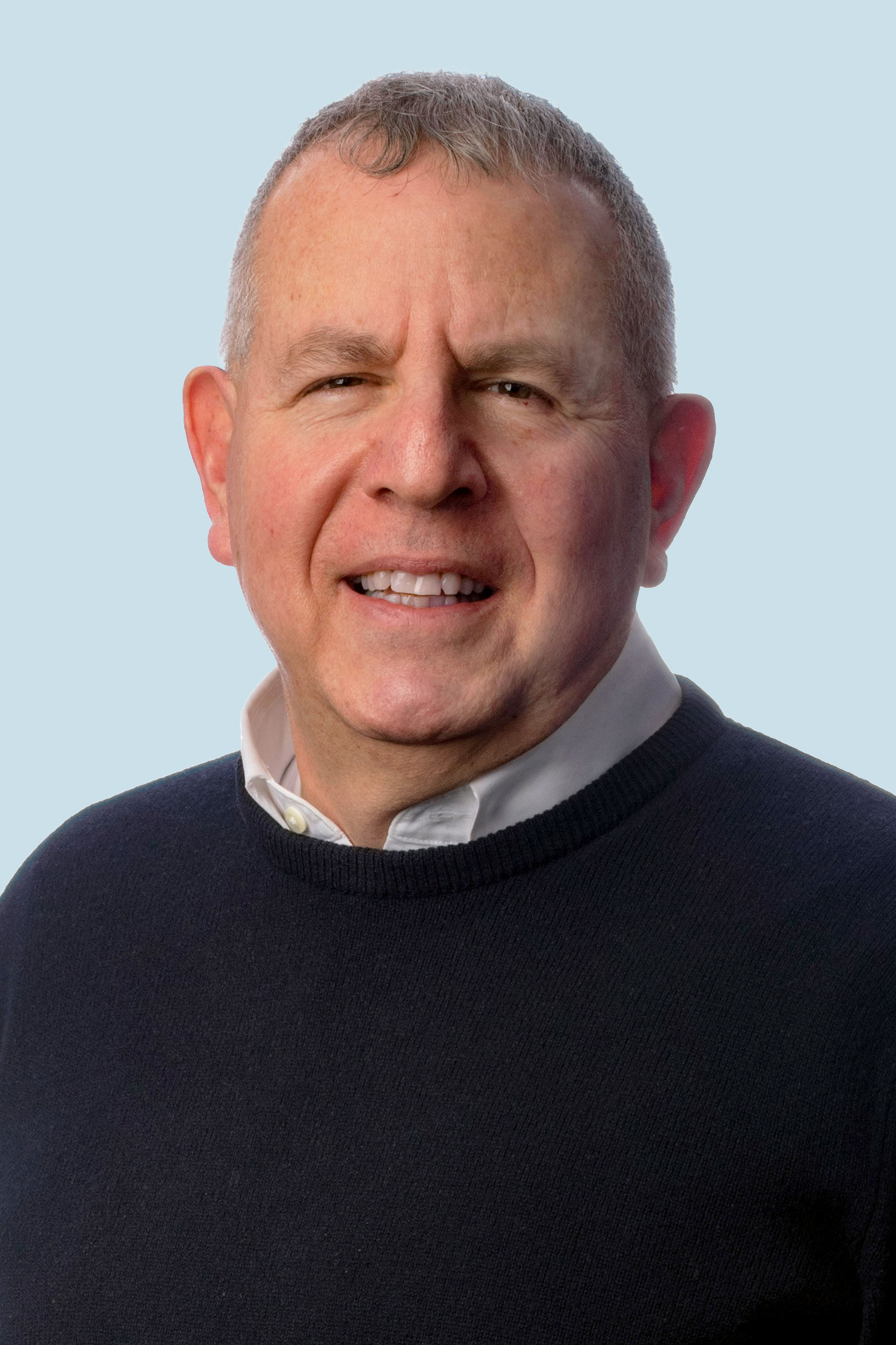A life bridging engineering and education

As a toddler, Brian Brenner ’82, SM ’84, jumped with excitement when he saw the Verrazzano-Narrows Bridge being built over New York Harbor. As an adult, he courted his wife, Lauren, by taking her to visit bridges, including ones he’d designed, and the first dance at their wedding was to “Bridge Over Troubled Water.” He’s written a collection of essays on civil engineering life titled Bridginess, and to this day he and Lauren go on “bridge dates,” where they enjoy a meal and admire the view of a nearby span.
“Or, maybe more accurately, I get to see the bridge and she humors me,” says Brenner, who has designed highway and rail bridges at engineering firms Parsons Brinkerhoff; Fay, Spofford & Thorndike; Stantec; and Tighe & Bond. His portfolio includes many bridges in and around New England, elements of Boston’s “Big Dig” Central Artery/Tunnel Project, and what he calls his “most gratifying and interesting project to date”: the graceful 870-foot Kenneth F. Burns Memorial Bridge that carries Massachusetts Route 9 over Lake Quinsigamond at Worcester.
Since its 2015 opening, ahead of schedule and under budget, the Burns Bridge has become an icon for the region. Honors for its five-span, open-spandrel, steel-deck arch design include Project of the Year from the American Public Works Association; Best Steel Bridge Design (medium span) from the National Steel Bridge Alliance; and a Quality of Life/Community Development Award from the American Association of State Highway and Transportation Officials.
“To be head engineer on a bridge of that size and complexity is, in a way, the culmination of my block-playing career as a four-year-old,” Brenner says.
Since 2004, Brenner has served as a professor of the practice in civil and environmental engineering at Tufts University. As an educator, he feels he is following in the footsteps of his MIT mentors Herbert Einstein, Eric Adams, SM ’72, PhD ’75, and Jack Germaine, SM ’80, SCD ’82, who is now a colleague at Tufts.
“You learn the most about anything, including yourself, by being a teacher,” says Brenner. “It’s a platform to help others without reservation or condition, and ironically, the one who benefits most is the one doing it.”
Brenner is also an active essayist, following up on Bridginess and the earlier Don’t Throw This Away! with Too Much Information in 2015. “I think I’m a best-seller in civil engineering slice-of-life humor stories—and also likely the only one publishing in that category,” he says.
Keep Reading
Most Popular
Large language models can do jaw-dropping things. But nobody knows exactly why.
And that's a problem. Figuring it out is one of the biggest scientific puzzles of our time and a crucial step towards controlling more powerful future models.
The problem with plug-in hybrids? Their drivers.
Plug-in hybrids are often sold as a transition to EVs, but new data from Europe shows we’re still underestimating the emissions they produce.
Google DeepMind’s new generative model makes Super Mario–like games from scratch
Genie learns how to control games by watching hours and hours of video. It could help train next-gen robots too.
How scientists traced a mysterious covid case back to six toilets
When wastewater surveillance turns into a hunt for a single infected individual, the ethics get tricky.
Stay connected
Get the latest updates from
MIT Technology Review
Discover special offers, top stories, upcoming events, and more.